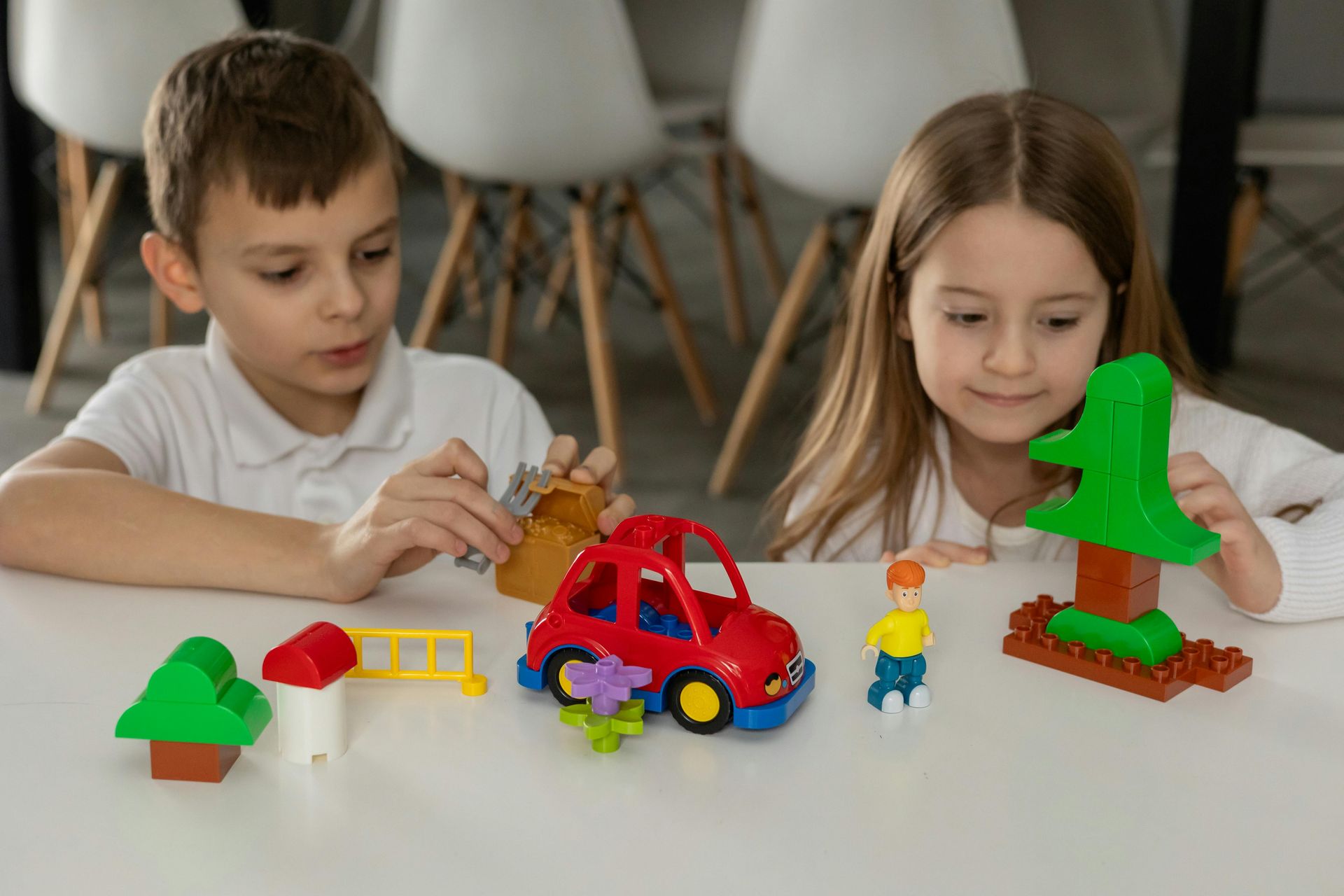Helping Your ASD or ASD Dual Diagnosed Child Adjust to Changes
Helping Your ASD or ASD Dual Diagnosed Child Adjust to Changes
Change is a natural part of life, but for many children with Autism Spectrum Disorder (ASD), even small changes can feel overwhelming. Shifts in routine, environment, or expectations may lead to increased anxiety, behavioral challenges, or withdrawal. When a child has ASD and a dual diagnosis such as attention deficit hyperactivity disorder (ADHD), anxiety disorder, or intellectual disability, adapting to change can be even more complex. The good news is that with preparation, support, and the right strategies, children can build the flexibility and coping skills they need to navigate change successfully.
Why Change Can Be Difficult for Children with ASD
Children with ASD often rely on predictable routines, familiar environments, and consistent expectations to feel secure. Changes, whether planned or unexpected, may disrupt their sense of stability and make it harder to process information or regulate emotions (American Psychiatric Association, 2022). Sensory sensitivities, differences in communication, and challenges with executive functioning can further heighten the stress associated with change.
For children with ASD and a dual diagnosis, the effects can be amplified. For example, a child with ASD and ADHD may experience impulsivity that makes it harder to pause and process new information. A child with ASD and anxiety disorder may have heightened fear responses to unfamiliar situations. Each child’s experience will be unique, but the underlying need for structure, understanding, and support is consistent.
Common Triggers for Change Related Stress
Changes that may be particularly challenging for children with ASD or ASD with a dual diagnosis include:
• Transitioning between school years or classrooms
• Moving to a new home or community
• Shifts in daily routines, such as a new bedtime schedule
• Changes in caregivers, teachers, or therapists
• Unexpected events such as illness or weather related school closures
• Adjustments in therapy schedules or goals
Strategies to Help Your Child Adjust
- Prepare in Advance Whenever Possible
Planned changes are easier to manage when your child has time to anticipate and process what is coming. Visual schedules, social stories, and photo previews can help illustrate what will happen and when. Providing clear, step by step explanations reduces uncertainty and helps your child feel more in control (Wong et al., 2015). - Keep Some Elements Consistent
Even when change is unavoidable, maintaining familiar routines or items can offer comfort. For example, if your child is starting at a new school, keeping the same morning routine, lunchbox, or preferred clothing can provide stability during the transition. - Teach and Practice Flexibility
Building flexibility is a skill that can be practiced over time. Gradual exposure to small, manageable changes can help your child learn that new experiences can be safe and even enjoyable. For children with dual diagnoses, breaking changes into smaller, predictable steps may make them less overwhelming (Koegel et al., 2014). - Use Supportive Communication
Clear, concrete language works best. Avoid abstract explanations like “things will be different” and instead describe exactly what will happen. For children with anxiety or cognitive delays, reassure them by pairing changes with predictable elements they already understand. - Provide Coping Tools
Teach calming strategies such as deep breathing, using a fidget item, or requesting a break when feeling overwhelmed. Practice these skills before changes occur so your child can use them effectively when needed (Connor, 2016). - Collaborate with Your Support Network
If your child’s change involves school, therapy, or medical care, work with the professionals involved. Share your child’s triggers, preferred coping strategies, and communication style. For dual diagnosis cases, collaboration is even more critical to ensure strategies address all aspects of your child’s needs. - Use Positive Reinforcement
Acknowledge and reward your child’s efforts to adapt, even in small ways. Positive reinforcement can help increase their willingness to try new things and boost their confidence in managing change. - Special Considerations for Dual Diagnosis
When a child has ASD and a co-occurring condition, change may impact multiple areas of functioning at once. For example, a child with ASD and ADHD may need additional reminders, prompts, and movement breaks to handle changes successfully. A child with ASD and anxiety may benefit from gradual exposure paired with relaxation strategies. In cases of intellectual disability, breaking changes into smaller, repeated steps and using hands on supports can be especially helpful. Professionals often recommend tailoring strategies not just to the ASD diagnosis but also to the co-occurring condition. This may involve adjusting the pace of change, modifying communication methods, or increasing caregiver involvement during the transition period. - Supporting Yourself as a Parent
Helping your child through changes can be emotionally demanding. Parents benefit from their own support systems, whether through family, friends, or caregiver support groups. Accessing professional guidance, including parent training programs, can help you feel more equipped to manage your child’s needs and your own well-being (Hayes & Watson, 2013). - Creating a Supportive Community
Children adjust more easily when their entire support network understands their needs. Educating teachers, relatives, peers, and community members about how change affects your child can lead to more compassionate and effective interactions. For children with dual diagnoses, involving multiple professionals such as therapists, medical providers, and educators can ensure a coordinated approach.
Final Thoughts
Change will always be part of life, but it does not have to be a source of distress. With preparation, consistency, and tailored strategies, children with ASD and those with dual diagnoses can develop the skills and resilience to handle transitions more successfully. A strong support system, both for the child and the family, can make the difference between a difficult adjustment and a positive growth experience.
Disclaimer: This blog is intended for informational purposes only. It is not a diagnostic tool and should not replace professional advice. If you have concerns about your child’s ability to cope with changes, seek guidance from your pediatrician, family primary care provider, or qualified specialist.
References
American Psychiatric Association. (2022). Diagnostic and statistical manual of mental disorders (5th ed., text rev.). Author.
Connor, M. (2016). Supporting children with autism spectrum disorder through transitions. Good Autism Practice, 17(2), 72–81.
Hayes, S. A., & Watson, S. L. (2013). The impact of parenting stress: A meta analysis of studies comparing the experience of parenting stress in parents of children with and without autism spectrum disorder. Journal of Autism and Developmental Disorders, 43(3), 629–642. https://doi.org/10.1007/s10803-012-1604-y
Koegel, L. K., Ashbaugh, K., Koegel, R. L., Detar, W. J., & Regester, A. (2014). Increasing socialization in adults with Asperger’s syndrome. Psychology in the Schools, 50(9), 899–911.
Wong, C., Odom, S. L., Hume, K., Cox, A. W., Fettig, A., Kucharczyk, S., … Schultz, T. R. (2015). Evidence based practices for children, youth, and young adults with autism spectrum disorder. Journal of Autism and Developmental Disorders, 45(7), 1951–1966. https://doi.org/10.1007/s10803-014-2351-z











